Blog post by Lily, Nestor and Zoe
This morning we woke up early to do some walks around our lovely campsite. We’re surrounded by Naivasha thorns (also known as fever trees), a tall type of acacia tree (Acacia xanthroploea).
We’re at the intergrade zone between southern shores of the aquatic Lake Naivasha and the terrestrial camp zone. There are papyrus marshes separating us from the lake (and the rumbling hippos that we can hear feeding around the water’s edge).
We went on a walk to try and see just how many species this biodiverse little camp site hosts!
Here’s what we found:
- Many helmeted guinea fowl in groups, pecking around on the ground (Numidia meleagris)
- Lots of superb starlings with their beautiful iridescent blue wings and orange breasts (Spreo superbus)
- Hadada ibis with their long, curved, red beaks for probing into the soil (Bostrychia olivacea)
- Some Egyptian geese corralling their flock of 10 little goslings (Alopochen aegyptiacus)
- A stunning lilac breasted roller perched on a high branch (Coracias caudatas)
- A regal-looking colabus monkey with a black body but white face, white fluffy tail and white fluffy strip on it’s back (Colabus guereza)
- A lone long-tailed cormorant (Phalacrocorax africanus)
- A giant kingfisher flying by, searching for a mid-morning snack (Megaceryle maxima)
- Some common fiscals flitting about (Lanius colleris)
- A lesser grey shrike alone on a bush (Lanius minor) and a red-backed shrike (Lanius isabellinus)
- An african fishing eagle on a tall branch (Haliaeetus vocifer)
- Grey-headed gulls flying overhead (Larus cirrocephalus)
- Pied flycatcher flying by (Ficedula hypoleuca)
- Pied kingfisher (Ceryle rudis) (note that pied means black and white feathers!) A lone Ruepells long-tailed starling with a long iridescent blue tail
- An icheneumon mongoose nosing about in the bushes (Herpestes ichneumon)
- Little egret (Egretta gazaretta)
- Great white pelican (Pelecanus oncrotalus) flying overhead
- Orange African hoopoe with a fabulous headdress of feathers (Hoopopa africana)
- Two types of woodpeckers (grey, Dendropicos goetae and cardinal, Dendropicos fuscescens) who enjoy the soft moist wood of the acacia to make their cavities to nest in
- Black-lored babbler, squeaking its silly song in the trees (Turtoides sharpei)
- Fischer’s lovebirds sat on a branch, with bright green feathers and a red beak (Agaporris fishers)
- Two white-browed robin chats with white stripes above their eyes and yellow bellies (Cossypha heuglimi)
- Black crake pecking about (Amaurcornis flavirostris)
- Some bubbling common hippos poking out their eyes and noses in the shallows of the lake (Hippopotamus amphibius)
Not a bad list! It’s interesting to note that the incredible diversity of piscivorous birds indicates the high quality fishy food sources contained in this incredible lake!!
In the afternoon, we were fortunate to have Dr. Francis Mwaura, a professor at the University of Nairobi whom we’d met previously, join us lakeside to give a talk about the environmental history of Lake Naivasha.
Dr. Mwaura discussed the importance of the lake in the local and global communities. Nestled in between Naivasha Town and Mount Longanault, our lakeside campsite provided a perfect visual aid to Dr. Mwaura’s insightful talk. We learned that this 160 square kilometre freshwater lake is home to 350 bird species, 200 buffalos, 500 hippos, and only five non-native fish species (these are the common carp, black bass, blue spotted tilapia, red-bellied tilapia, and the longfin barb). Internationally, Lake Naivasha is registered as a Ramsa site (area of wetland conservation) No. 1498, and International Bird Area (IBA) site No. 48.
Unlike other endorheric lakes in Kenya, Lake Naivasha is unique in that there is an outflow of water through underground springs. The outflow of water and the porous rocks allow the the ions in the lake to be filtered, thereby creating a sustainable freshwater lake. Historically, the lake was over 800 square meters but due to climate change, the lake has shrunk to almost ¼ its original size. Despite that, Lake Naivasha is the largest freshwater lake in the Rift Valley.
The lake is vital to the Kenyan economy, supporting many local fishermen and flower greenhouses in the area. The fishing industry generates substantial revenue for local fishermen. To protect overfishing, the Kenyan government has implemented a prohibited fishing period, usually for one season, to allow for the fish populations to recuperate and reproduce. Unfortunately, this dry season is difficult for the fishermen, forcing them to find other jobs in community. Some fishermen might fish in Lake Victoria, or Tanzanian or Ugandan waters. The Kenyan flower industry exports 70% of its product to Europe, specifically to Holland, France and the UK. In fact, the average annual floriculture revenue is approximately $180 million USD. Dr. Mwaura hopes that the implementation of direct flights from New York to Nairobi will boost the flower industry, thereby further supporting the Kenyan economy.
Additionally, the lake is also responsible for generating geothermal power through the underground springs, thereby allowing the local businesses and homes to benefit from this resource.
Despite these benefits, the lake is struggling with an increase in human population, cultivation, and livestock. As well, the impact of invasive species, such as the water hyacinths, are creating a massive issue for the local community. Dr. Mwaura suggests that further research and improvements in government policy need to happen to ensure the viability and longevity of this beautiful lake.
We appreciate Dr. Mwaura for taking the time to come speak to us today. We are grateful to have learned about the economic and cultural importance of this lake. Dr. Mwaura did an excellent job of staying focused despite the mischievous vervet monkeys who were running around our campsite. Special shoutout to Davin for his effort in chasing away all twelve of the agile and determined primates. Thanks to Davin, the monkeys only got away with one loaf of bread.
In the evening, after an enjoyable Tusker (or two) at Fisherman’s Bar/Restaurant, we continued on with the article review presentations. Joaquin discussed models for quantifying the international illegal wildlife trade and the current pitfalls facing many mitigation and prevention strategies. He argued the need for DNA barcoding and integration of international reporting systems to give a more extensive and accurate overview of this illegal industry. Additionally, resources should be targeted primarily towards areas with lesser understood models with higher levels of biodiversity, since they are most likely to experience illegal wildlife trading. Savi followed with her review, exposing the risks facing the sacred Kaya forest—a sacred forest in Kenya coastal regions that locals have refrained from using for purposes other than their rituals. However, the increasing human population has been placing increasing pressure on the forest for its abundance of natural resources. Forest areas have been decreasing due to pastoralists burning down the trees to generate grazing land for their livestock. It is imperative to reduce rural poverty to increase the support for conservation. This can be achieved by building tourism, which would help economy and thus reduce pressure on forest. Karen wrapped up the talks with a paper on wildlife management areas (WMAs). WMA’s are areas where community members are able to benefit from wildlife tourism, providing incentive to protect wildlife habitat and decrease pastoral land use. In a review of WMA’s in Tanzania, it was found that the number of dikdiks and giraffes increased, indicating that the WMA may have been a success. The group discussed the contrasting evidence for whether the separation of pastoralists and wildlife is beneficial.
A great set of talks to round up the awesome papers and discussions we’ve had during the course!
Click on thumbs to see larger version
-

-
Fischer’s lovebird
-

-
Bearded woodpecker
-

-
Hippo on shore
-
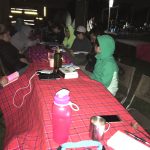
-
Student seminars in the evening p here with Savi
-

-
Dr. Mwaura talking about Lake Naivasha
-

-
Evelyn finds a comfy spot to search for winged creatures
-

-
A nice spot to relax and compile a list of everything we saw
-

-
Wenxi beating his record and finding more birds
-

-
Steve and Wenxi looking at the Fischer’s lovebird

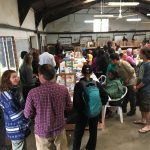

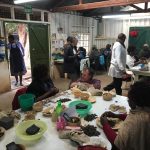


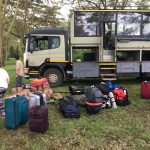
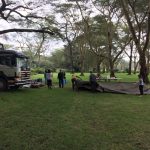


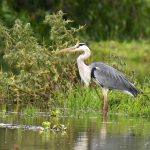
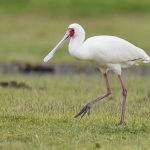


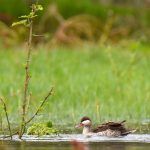




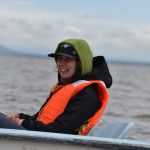

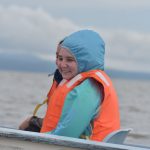
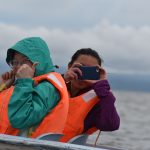

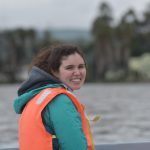


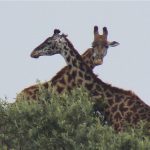
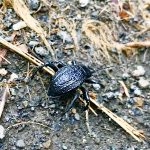

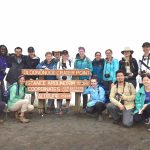

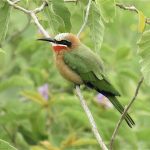


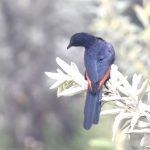

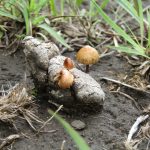

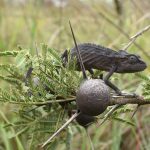


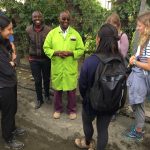


















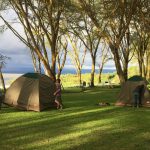
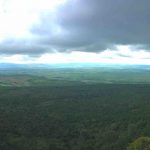
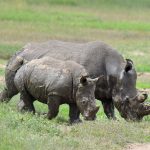


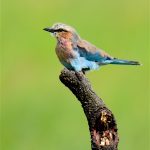


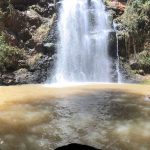

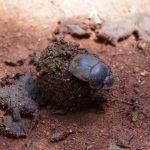


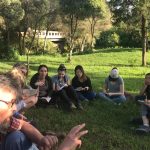


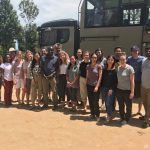







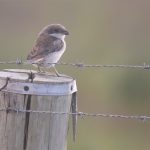

Recent Comments